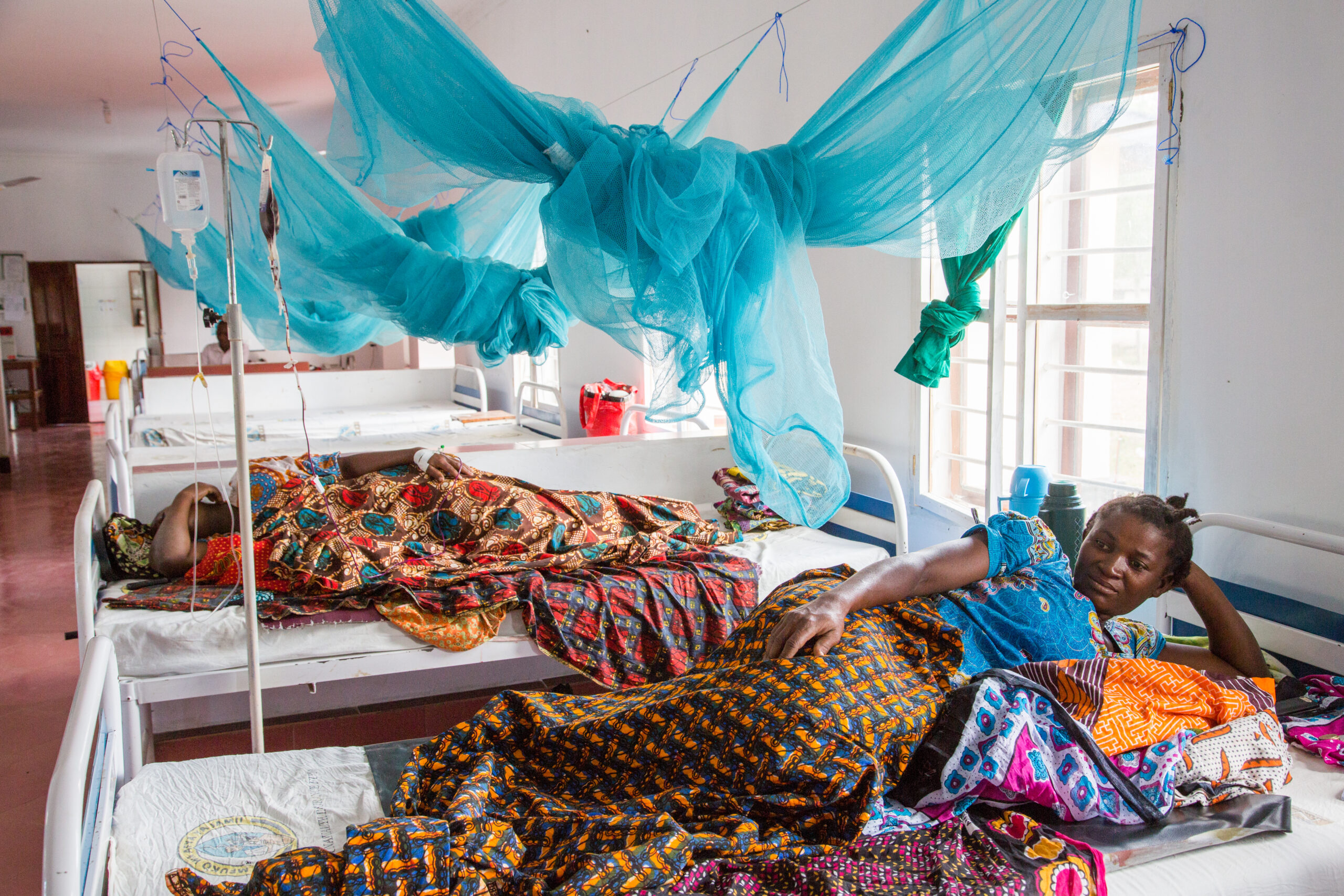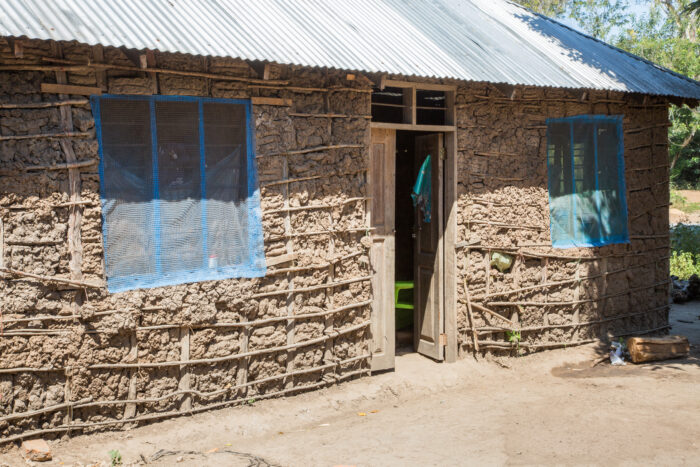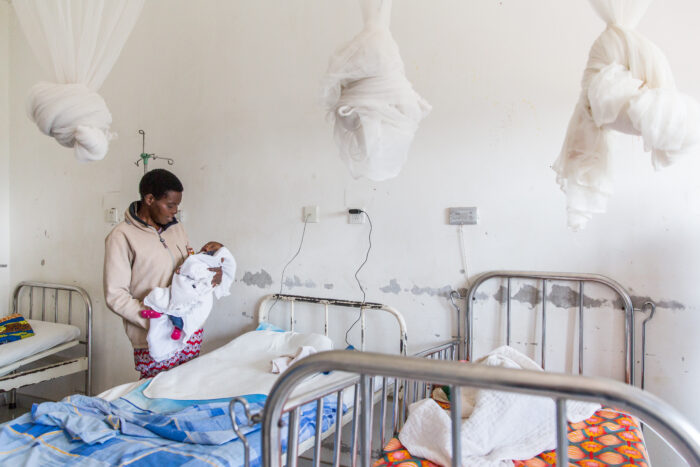Malaria is a top-ten cause of death in low-income countries, with the highest burden on children under 5. Despite significant improvement in malaria control, eradication efforts are hampered by many factors, both economic and ecological. Sustained access to funding, insecticide and drug resistance, and heterogeneity in disease outcomes and timing (due to human factors such as immunity and environmental impacts such as temperature and rainfall) create the need for novel technologies and location-specific use of traditional intervention programs.
Neglected tropical diseases (NTDs) often occur in malaria-endemic areas and impact over a billion people per year. These largely preventable and treatable diseases share similar drivers of heterogeneity as malaria, and methodology developed for malaria can be applied to NTDs.
The malaria and NTD team at IDM is driven by the foundation’s goal of a “world free of malaria” to develop intervention strategies using existing and novel analytic tools to facilitate malaria eradication. Further, we strive to use surveillance data to inform effective treatment and control measures for eight NTDs: guinea worm disease (dracunculiasis), sleeping sickness (human African trypanosomiasis, HAT), lymphatic filariasis (elephantiasis), river blindness (onchocerciasis), snail fever (schistosomiasis), soil-transmitted helminthiases (hookworm, roundworm, whipworm), trachoma, black fever (visceral leishmaniasis). We partner with programmatic and research programs to harness data to inform our simulation and geospatial models of intervention impact to create bespoke control strategies.


Our mission
To lessen suffering from malaria and neglected tropical diseases by quantitatively informing decisions that reduce burden and accelerate eradication.
Working with programmatic, academic, and non-government organization partners and policymakers around the world, the IDM Malaria and NTDs team focuses on:
- Understanding the nature and implications of heterogeneity in exposure, intervention coverage and use, and human movement.
- Designing stratification schemes and operationally feasible intervention packages that are likely to achieve and maintain elimination.
- Predicting the impact of new or developing technologies on disease transmission.
- Understanding infection dynamics across diverse settings, including the relationship between exposure, immunity acquisition, symptomatic, and infectiousness.
Our approach
Through statistical analysis on surveillance data and the application of individual-based microsimulation models of transmission, we are focused on understanding how to more efficiently reduce disease burden under limited resources, how to combine tools to achieve elimination, and how to design surveillance and response systems to maintain elimination.

Publications
To learn more about IDM’s work on this topic, browse our publications!
Code and tools
Software developed by IDM is freely available; you are encouraged to try out the tools developed for use on this topic!
View all code and tools